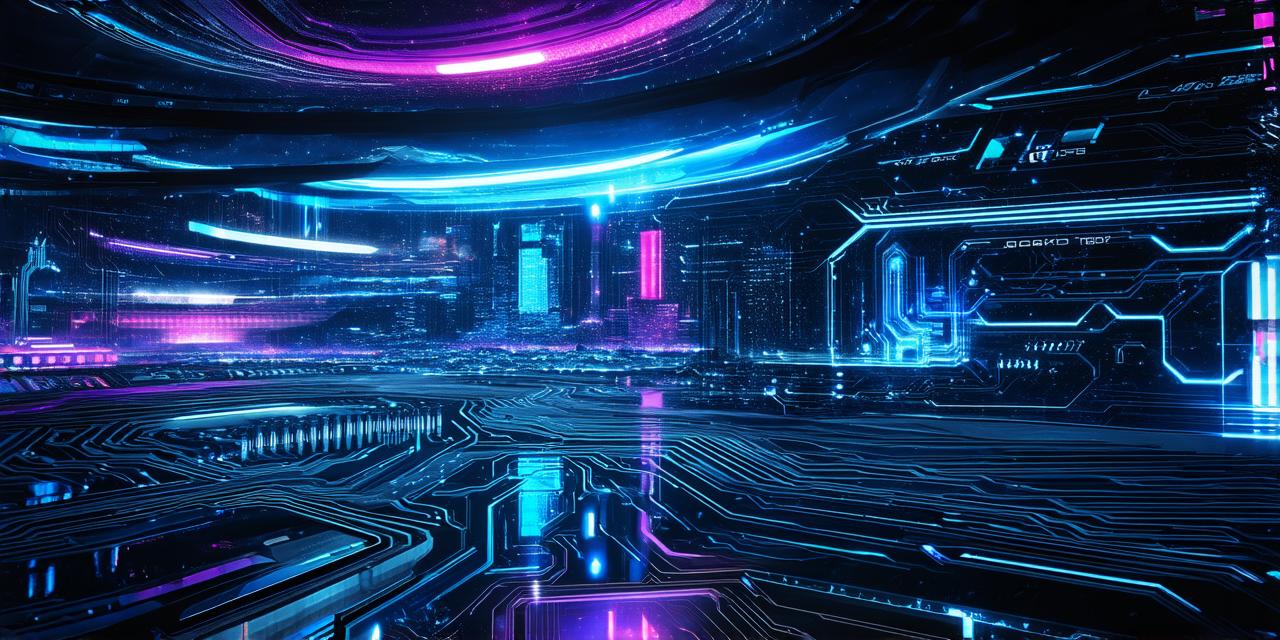Mixed reality (MR) is a technology that combines virtual elements with real-world elements to create an interactive and immersive experience for users. In other words, it blends digital content into the physical world, allowing users to interact with both in a seamless manner.
How does Mixed Reality work?
Mixed reality technology works by using cameras, sensors, and computer algorithms to track the user’s physical movements and position in the real world. This information is then used to render digital content in a way that appears to be integrated seamlessly into the physical environment. The user can interact with this digital content using gestures, voice commands, or specialized controllers.
Types of Mixed Reality
There are several types of mixed reality, each with its own unique features and applications. These include:
- Augmented Reality (AR): This is the most common type of mixed reality and involves overlaying digital content onto the real world. AR can be experienced through a smartphone or tablet using the device’s camera and sensors. Examples of AR apps include Snapchat filters and Pokemon Go.
- Virtual Reality (VR): VR involves creating a fully immersive digital environment that the user can experience through specialized headsets or other devices. While VR is often associated with gaming, it has also been used in fields such as education and training.
- Mixed Reality Glasses: These glasses combine AR and VR technologies to provide a more advanced mixed reality experience. They allow users to see both the real world and digital content overlaid onto it, providing a more seamless integration of the two.
Applications of Mixed Reality
Mixed reality technology has a wide range of applications across various industries. Some of these include:
- Education: Mixed reality can be used to create interactive and immersive learning experiences for students, allowing them to explore complex concepts in a more engaging way. For example, medical students can use MR to practice surgeries, while history students can explore ancient civilizations as if they were really there.
- Training and Simulation: Mixed reality can be used to create realistic training simulations for workers in fields such as aviation, manufacturing, and military. This allows them to practice skills in a safe and controlled environment, reducing the risk of injury or damage to equipment.
- Gaming: As mentioned earlier, mixed reality has been used in gaming to create more immersive experiences for players. For example, VR games can transport players into fully immersive digital environments, while AR games can overlay digital content onto the real world, allowing players to interact with both in a seamless manner.
- Advertising and Marketing: Mixed reality can be used to create interactive and engaging advertising and marketing campaigns that capture the attention of consumers. For example, car companies can use MR to allow customers to customize and explore their vehicles in a virtual showroom.
Summary
Mixed reality technology is still in its early stages, but it has already shown great potential for a wide range of applications across various industries. As the technology continues to evolve, we can expect to see even more innovative uses for MR in the future.
